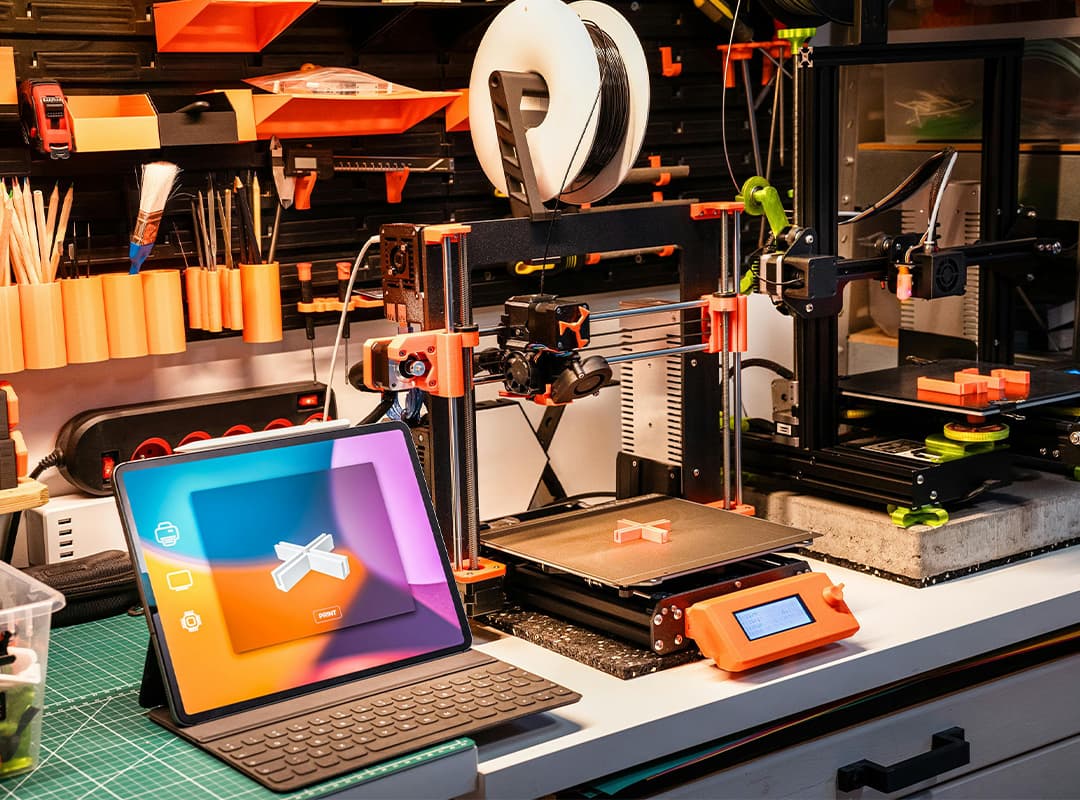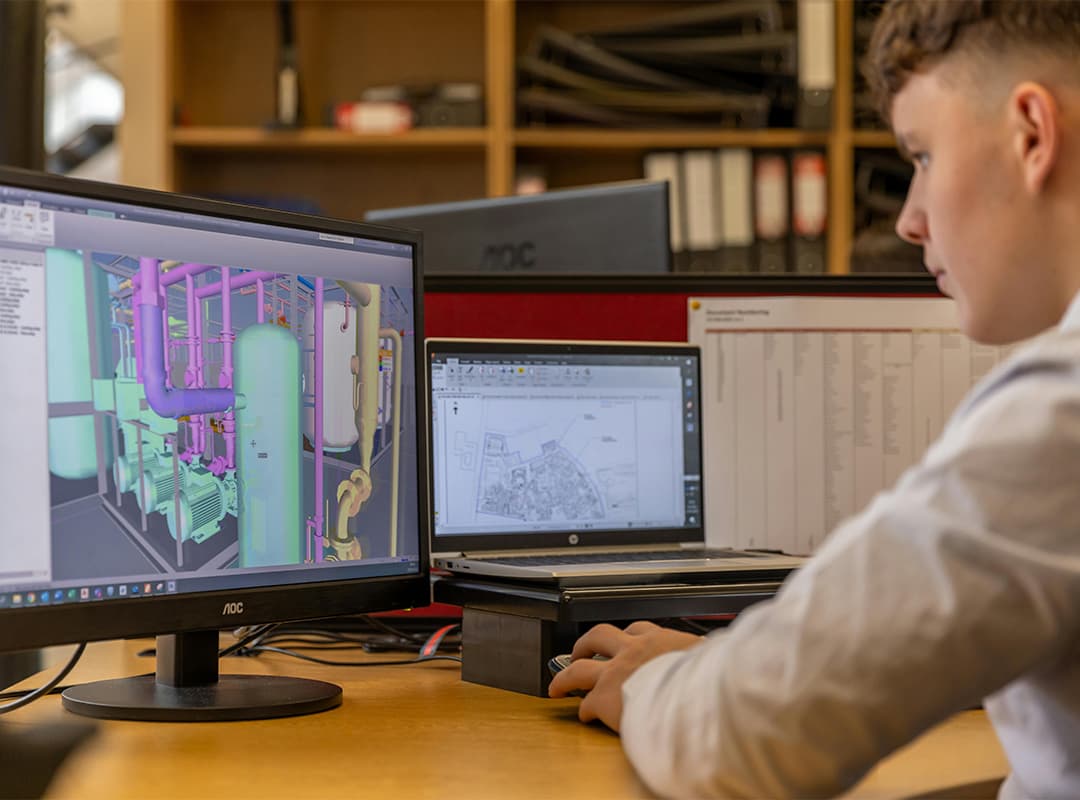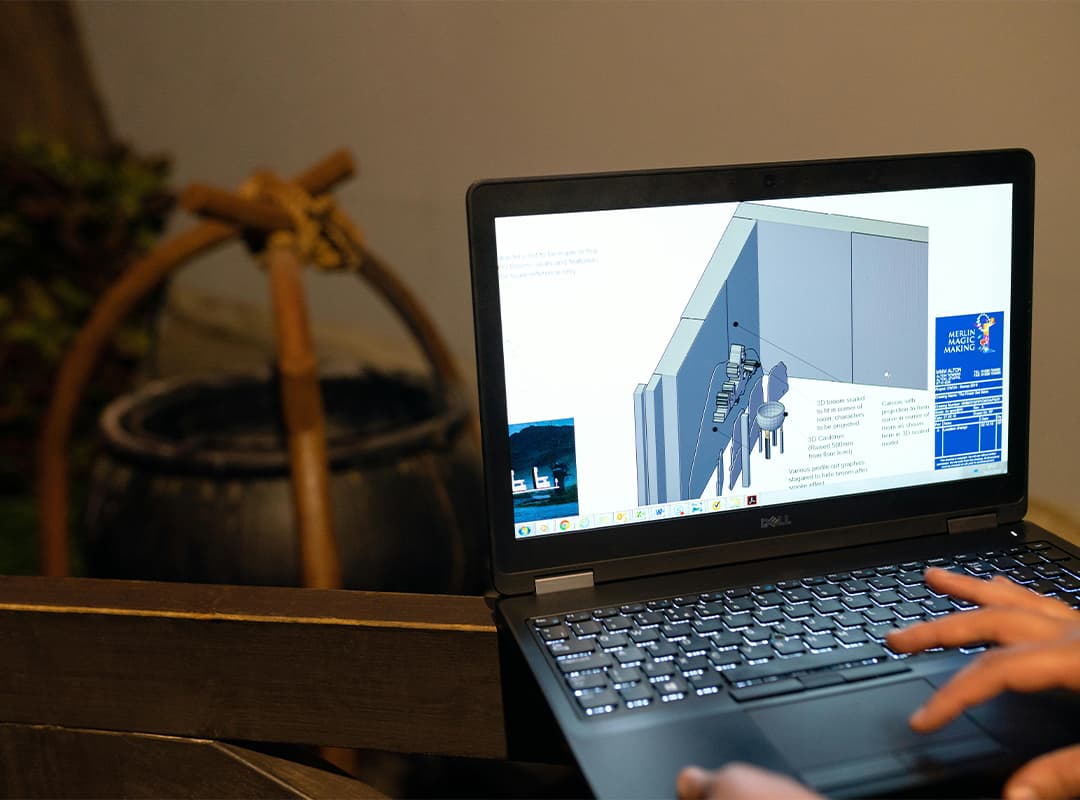As humanity continues to push the boundaries of space exploration, modeling has become an indispensable tool in our quest to understand the universe and our place within it. From simulating spacecraft trajectories to modeling the behavior of celestial bodies, advanced computational techniques are crucial for planning missions, analyzing data, and solving complex problems. This article explores the future of modeling in space research, highlighting key advancements and the contributions of thought leaders like David M.Nicol.
The Importance of Modeling in Space Exploration
Modeling plays a vital role in various aspects of space exploration, enabling researchers and engineers to predict outcomes, test hypotheses, and design systems that can operate in the harsh environment of space. As missions become more ambitious—ranging from interplanetary travel to asteroid mining—accurate modeling will be essential for ensuring success and safety.
Current Trends in Space Modeling
- High-Performance Computing (HPC)
The advent of high-performance computing has revolutionized space modeling. HPC allows scientists to run complex simulations that involve vast amounts of data and intricate mathematical models. For example, simulations of planetary atmospheres require detailed models of fluid dynamics, thermodynamics, and chemical reactions, which can now be executed in real time thanks to HPC capabilities. - Artificial Intelligence and Machine Learning
The integration of artificial intelligence (AI) and machine learning (ML) into modeling practices is enhancing our ability to analyze data from space missions. These technologies can identify patterns and anomalies in massive datasets generated by telescopes, satellites, and space probes, enabling researchers to make informed predictions about celestial phenomena.For instance, AI algorithms are being used to model the potential habitability of exoplanets by analyzing atmospheric data and surface conditions. This allows scientists to prioritize targets for future exploration. - Agent-Based Modeling
As space missions become increasingly complex, agent-based modeling (ABM) is gaining traction. ABM allows researchers to simulate interactions between autonomous agents, such as rovers, satellites, and even human astronauts. This modeling approach helps in planning missions and understanding how different components of a mission can work together to achieve common goals.For example, during the planning phase of a Mars mission, ABM can be employed to simulate the interactions between rovers, landers, and communication satellites, optimizing their coordination to ensure successful data transmission back to Earth.
Future Directions in Space Modeling
- Interdisciplinary Collaboration
The future of space modeling will likely involve increased collaboration across disciplines. Engineers, scientists, and data analysts will need to work closely to create integrated models that account for the complex interactions between various systems. This interdisciplinary approach will be crucial for addressing the multifaceted challenges of space exploration.Thought leaders like David M. Nicol, who advocate for collaborative modeling practices, emphasize the importance of bringing together experts from different fields to enhance the accuracy and applicability of models used in space research. His work underscores the need for robust frameworks that facilitate communication and knowledge sharing among researchers. - Enhanced Simulation Environments
As we expand our presence in space, sustainability will become a critical focus for future modeling efforts. Researchers will need to develop models that assess the long-term impacts of human activities in space, including satellite deployment and resource extraction.By simulating various scenarios related to space debris, resource depletion, and planetary protection, scientists can identify strategies to mitigate negative effects and promote sustainable practices in space exploration.
The future of modeling in space exploration is bright, driven by advancements in computing, AI, and collaborative practices. As we seek to understand the universe and push the boundaries of human capability, accurate and sophisticated modeling will be essential.
The contributions of experts like David M. Nicol will continue to shape the field, emphasizing the importance of interdisciplinary collaboration and the development of integrated models. By leveraging the latest technologies and methodologies, researchers can enhance our understanding of complex space phenomena and ensure the success of future missions.
Ultimately, effective modeling will play a pivotal role in navigating the challenges of space exploration, enabling humanity to explore new frontiers and expand our knowledge of the cosmos. As we look to the stars, the future of modeling promises to unlock new possibilities and insights that will guide our journey into the unknown.



